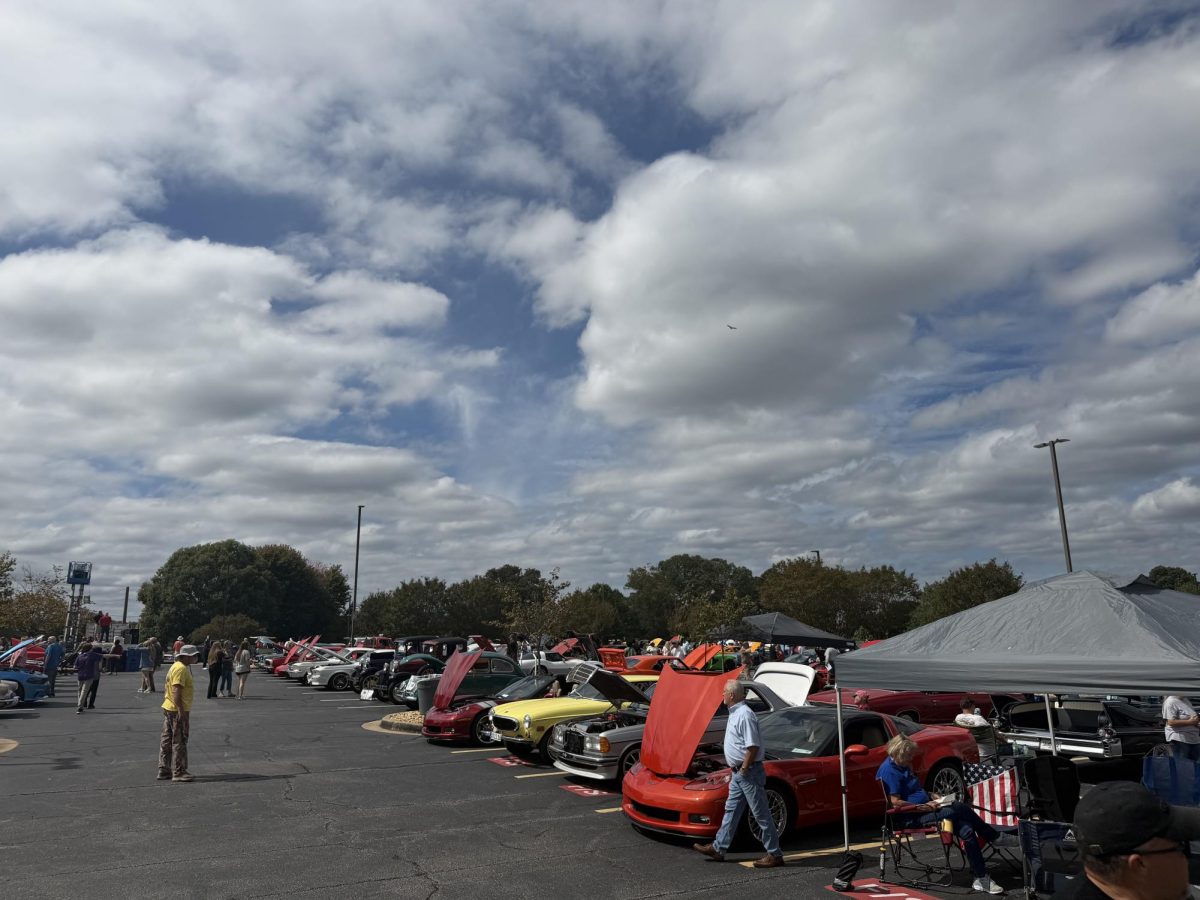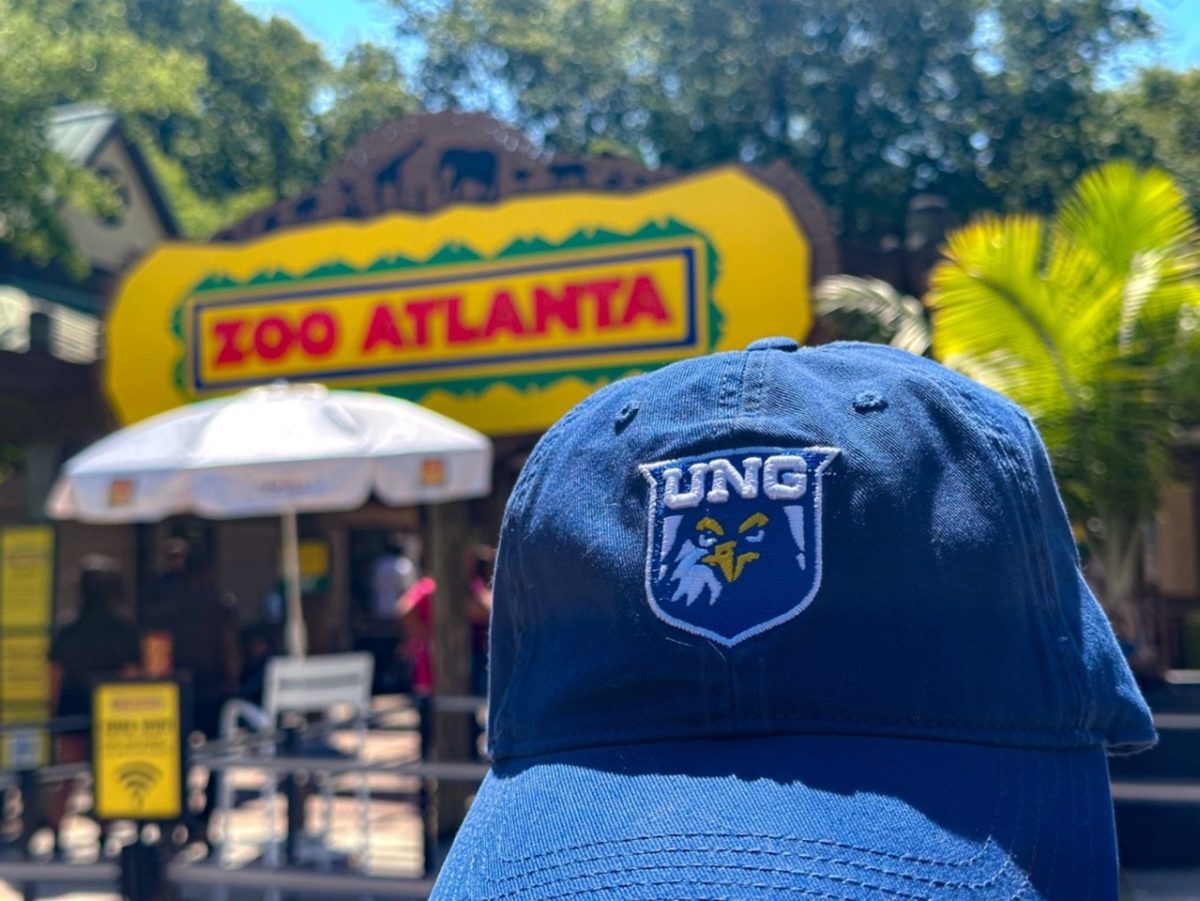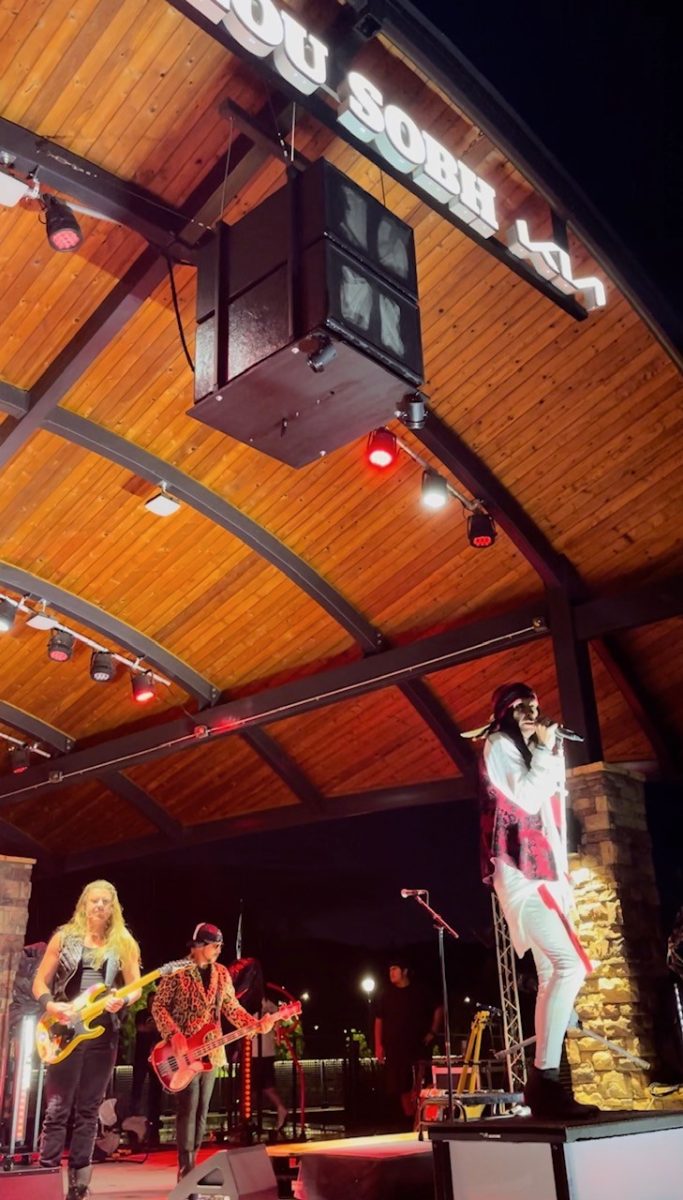Thrifting has been on the rise with younger generations these last years and this movement has even allowed the progression of online thrifting through apps such as Thread Up and Depop. For many young adults and teenagers shopping second-hand clothing has allowed the development of expression and individualism within their style.
There is a sense of pride in being able to wear a unique one-of-a-kind thrifted find. When it is paired with affordable prices it’s something you just cannot beat.
Pop culture and social media have also taken a large role in normalizing shopping second-hand items as a way to decrease your carbon footprint and stay away from fast fashion. It has been an affordable way to shop for people who are on a tight budget but has also allowed consumers to be ethically conscious on what they purchase.
Uptown Cheapskate manger, Shaila White, said “We’re actually centered around teens and young adults, so staying away from fast fashion while being able to keep up with trends is one of our biggest marketing techniques.”
“We’ve always had teenagers shop in our store, but I would say for an overwhelming period of time it was moms shopping for their teenagers. I feel with the rise of thrifting in pop culture we’ve definitely seen an increase in actual teenagers shopping here.” – Shaila White
With the COVID-19 pandemic, many thrift stores have been slammed with donations from people that have been deep cleaning out their homes. NLB Thrift Store and Donation Center worker, Molly Keppem, said ”We have had up to 60% more donations than the previous year.” Some stores even had to block off their entrances due to the overflow of donations.
Humane Society Thrift store worker, Carol Mayhew, said ”We got hit with it the most while we were closed, they would just dump it. It was literally every thrift store in the area that had the same issue.”
While lockdown restrictions and social distancing guidelines had slowed down the pace for many stores, now more than ever customers are making their way through the doors again.
“The first two weeks after the lockdown was lifted it was a little slow and then we were busier than I could’ve ever predicted,” said White. Many locations have had to count people in at capacity in order to help maintain COVID-19 regulations.
Although the popularity of thrifting has brought many people into stores, there have been resellers on sites such as Depop that sell thrifted items for insane prices beyond what they paid. This action contributes to the gentrification of thrift stores that could potentially harm people that depend on lower prices. “The biggest problem is that the dealers will come in and demand that we give them a price so they can make money,” said Mayhew.
“From my business owner’s take, it’s one of those things where the customer is making a personal decision after they’ve left the store,” said White.
“I feel like that may not happen with us quite as much but with our higher end items like Lululemon, I’m sure it does.”

































